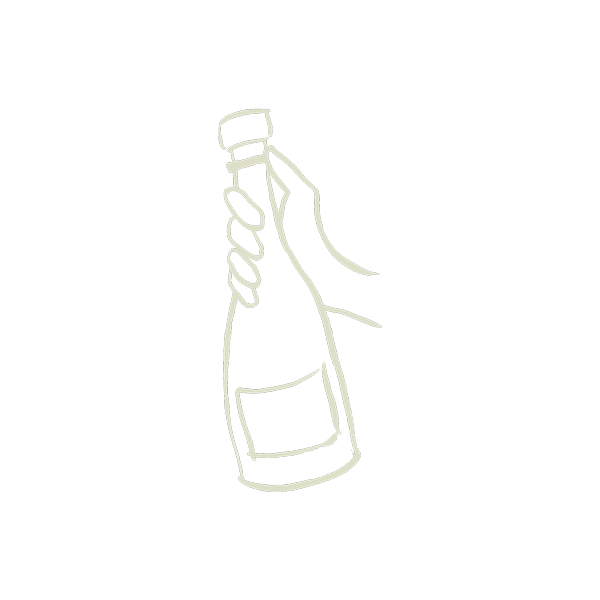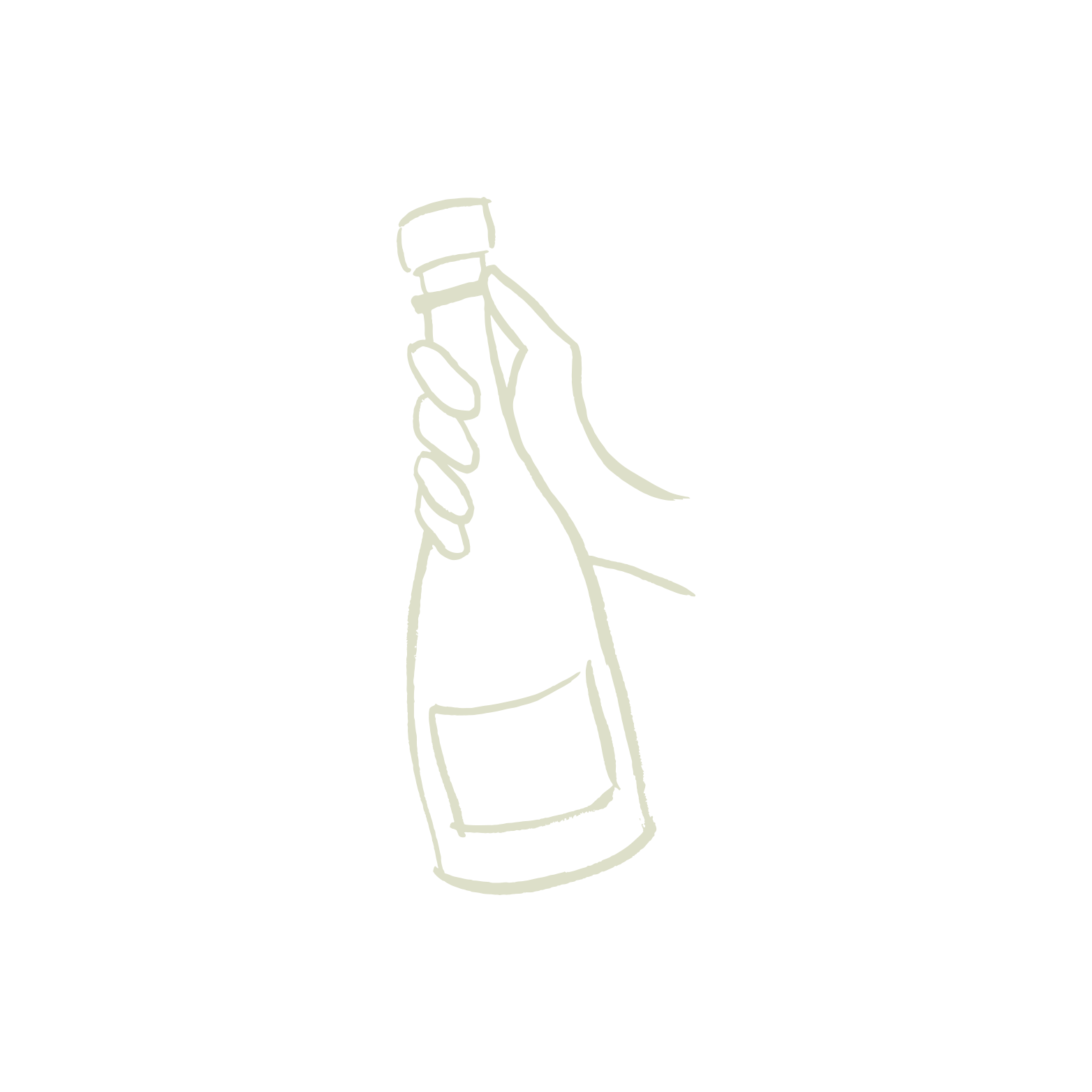Autumn 2023 Club Allocation

In many cultures around the world, the autumnal equinox is a symbol of balance — in and out, light and dark, old and new. In France, growers are preparing for the harvest, picking the matured, ripened grapes that will become Champagne and resetting the clock for the next season’s fruit. In honor of this exquisite equilibrium for your fall allocation, we’ve gathered a selection of grower Champagnes each of which presents balance in its own unique, delicious way.
Cheers!
We've gone digital! Follow the links below to access detailed tasting notes for each of the cuvées in your allocation. Each tasting note is downloadable and easy to share!
There is so much discover in your September 2023 Allocation!
For Weekenders:
- A. Levasseur Rue du Sorbier Brut
- Gimonnet-Oger Grande Réserve Rosé Premier Cru
- Didier-Ducos Millésime 2015
- A. Levasseur Rue du Sorbier Brut
- Gimonnet-Oger Grande Réserve Rosé Premier Cru
- Adrien Redon Le Grand R
- Didier-Ducos Millésime 2015
- Pascal Redon Brut Rosé Premier Cru
- Elise Dechannes Essentielle
For Merrymakers:
- A. Levasseur Rue du Sorbier Brut
- Gimonnet-Oger Grande Réserve Rosé Premier Cru
- Adrien Redon Le Grand R
- Didier-Ducos Millésime 2015
- Pascal Redon Brut Rosé Premier Cru
- Etienne Calsac Les Rocheforts Terroir de Bisseuil Premier Cru
- Petit Le Brun Millésime 2012
- Piollot Côme des Tallants 2019
- Didier-Ducos Noir Absolu
- A. Levasseur Extrait Gourmand Rosé Extra Brut
- Pascal Redon Millésime 2014 Nature
- Alexandre Lenique Secret de Famille Grand Cru
About the growers:

A. Levasseur
David Levasseur began learning the meticulous craft of making Champagne from his father, Albert, in the early 1990s. In 2003, David took over the family’s 4 1/5 hectares of vineyards spread across 18 plots in the Vallée de la Marne villages of Cuchery, Châtillon-sur-Marne and Fleury-la- Rivière. On a solo journey to create Champagne that “awakens the senses,” the vigneron’s playful spirit and enthusiasm results in fresh and balanced cuvées that are fun to drink. After many years of championing sustainable practices, A. Levasseur’s vineyards have begun the official conversion to certified organic farming.

Adrien Redon
We can’t get enough of the Redon family! While brothers Adrien and Hugo maintain their father’s more classic Pascal Redon cuvées, they do their papa proud by experimenting with low-dosage styles for Adrien’s own label. Like Pascal Redon, Adrien Redon brings out the best of the world-class chardonnay grapes that grow in the Montagne de Reims village of Trépail.

Didier-Ducos
Didier-Ducos may have been with fatcork since the start, but vignerons Nicolas and Clotilde Didier still wow us with their portfolio of delicate, versatile, low-dosage cuvées. The prime location of the couple’s vineyards in the Vallée de la Marne village of Saint-Martin d'Ablois, imparts an exquisite viridity to each of their cuvées.

Gimonnet-Oger
Another fatcork OG, Gimonnet-Oger had us hooked from the moment we tasted the expressive, rich, very dry cuvées crafted from grapes grown in centuries-old vineyards on their Côte des Blancs estate. We love how vigneron Jean Luc Gimonnet’s traditional style allows the flavors and aromas of these exceptional grapes to shine through. The Grande Réserve Premier Cru hits a bit differently from the other cuvées in your box, though it is just as perfect for sipping in the summer sun. Buckle up for more earthy, apple notes and a long, mineral finish.

Elise Dechannes
During our recent visit to Champagne, vigneron Elise Dechannes walked with us through the thriving pinot noir plots from which her exquisite Essentielle cuvée was made. Fruity, citrusy and full of fresh mineral notes, not only is this Champagne a perfectly stunning sipper for summer, but it’s also a shining result of the biodynamic and organic farming methods Elise uses as the steward of her land.

Pascal Redon
Pascal Redon began making Champagne with his wife Pascale on 5 hectares of land in the village of Trépail in 1982. Today, their sons Adrien and Hugo are in charge. While the brothers produce cuvées for the newer Adrien Redon line, they also continue to make Champagne according to their father’s more traditional methods under the name Pascal Redon.

Alexandre Lenique
Alexandre Lenique’s family has been making wine for more than 250 years — on the same 6 1/2 hectares of vineyards and in the same caves below the historic Lenique estate in Pierry, outside of Épernay. A fourth-generation vigneron, Alexandre is passionate about sustainable agriculture. His commitment to protecting the area’s biodiversity and promoting rich soil composition is a driving force behind his incredible cuvées.

Piollot
Vigneron Roland Piollot, his wife, Dominique Moreau, and their daughter, Jeanne, round out Piollot’s portfolio with three single-vineyard cuvées made from a single variety: Côme des Tallants (100 percent pinot noir), Colas Robin (100 percent pinot blanc) and Champs Rayés (100 percent chardonnay). We are beyond excited to include in this allocation Piollot’s Champs Rayés 2018 — a brand new blanc de blancs vintage that we think fits those endless summer nights to a T. True to Piollot’s signature style, this latest release is crisp and elegant with mouthwatering notes of melon, lavender honey and white florals.

Petit Le Brun
Each armed with a distinguished winemaking lineage, husband-and-wife team Richard Petit and Véronique Bajan established the Petit Le Brun Champagne brand in 1964 and have since been producing classic-style cuvées at their domaine in Avize. Built in 1723 for a countess, the estate sits 12 meters above chalk caves that are 400 meters long. Vine roots poke through the ceilings of their caves — a testament to centuries of winemaking on the estate’s storied grounds. In their 4 hectares of chardonnay vineyards, Richard and Véronique are committed to using products and methods that are approved by the Haute Valeur Environnementale and the Agriculture Durable & Bio.

Etienne Calsac
Each armed with a distinguished winemaking lineage, husband-and-wife team Richard Petit and Véronique Bajan established the Petit Le Brun Champagne brand in 1964 and have since been producing classic-style cuvées at their domaine in Avize. Built in 1723 for a countess, the estate sits 12 meters above chalk caves that are 400 meters long. Vine roots poke through the ceilings of their caves — a testament to centuries of winemaking on the estate’s storied grounds. In their 4 hectares of chardonnay vineyards, Richard and Véronique are committed to using products and methods that are approved by the Haute Valeur Environnementale and the Agriculture Durable & Bio.

